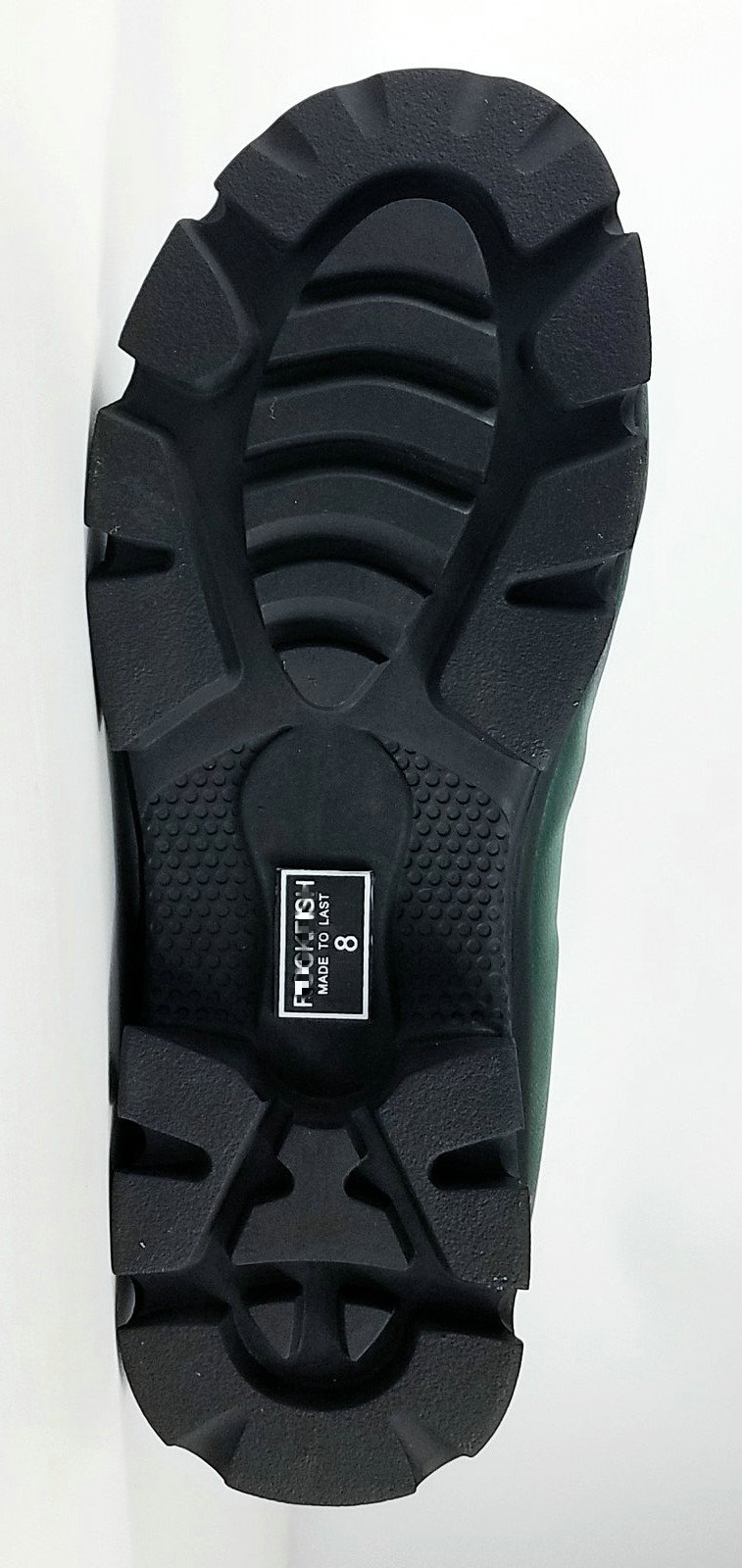Wading Boot Soles Functionality Meets Innovation
When it comes to wading in rivers, streams, or coastal waters, having the right gear is essential for a successful outdoor experience. Among the most critical components of any angler's or water enthusiast’s kit is the wading boot. While comfort and fit are important, the sole of the wading boot ultimately determines performance, safety, and durability in challenging aquatic environments. Therefore, understanding the different types of wading boot soles and their functions is vital for anyone looking to enhance their wading experience.
Types of Wading Boot Soles
1. Rubber Soles Rubber soles are among the most common options found on wading boots. They offer excellent slip resistance on wet surfaces, providing stability while navigating rocky riverbeds and slippery shorelines. Rubber soles are known for their durability and ease of maintenance; however, their grip can falter on smooth surfaces, such as wet rocks, which can be a concern in certain areas.
2. Felt Soles Felt-soled wading boots have been traditionally favored for their superior traction on slippery surfaces. The texture of felt allows for better grip, especially in conditions where algae or slime can make wading treacherous. However, there is a growing movement against felt soles due to environmental concerns. Felt fabrics can transport invasive species between waterways, prompting many states to regulate or ban their use.
3. Vibram Soles Known for their high-performance characteristics, Vibram soles combine rubber with advanced designs to boost grip and traction. These soles often feature various patterns that allow for enhanced performance on different terrains. They offer a hybrid solution that provides the slip resistance of rubber while addressing some of the traction disadvantages of traditional materials.
wading boot soles

4. Studded Soles Many wading boots now offer the option of studded soles. These add-ons enhance grip significantly by allowing users to affix metal or carbide studs to the sole, optimizing traction in particularly slippery conditions. However, it’s essential to ensure the studs are appropriate for the specific terrain to avoid damaging sensitive ecosystems.
Choosing the Right Sole for Your Needs
When selecting wading boots, consider the environment in which you will be wading. For example, if you often navigate rocky riverbeds and muddy shores, rubber soles may be ideal for versatility and durability. Conversely, if you're fishing in slick, algae-laden waters, felt or studded soles might provide the extra grip needed to prevent slips or falls.
It’s also vital to factor in local regulations regarding wading boot soles, especially if you are travelling to different regions for fishing or exploration. Always make sure your choice of sole complies with ecological guidelines to protect fragile aquatic ecosystems.
Conclusion
In conclusion, the soles of wading boots play an indispensable role in determining an angler's or adventurer’s safety, comfort, and overall experience. By understanding the different types of soles available and their respective advantages and disadvantages, enthusiasts can make informed decisions and choose the best option for their unique circumstances. Ultimately, investing in the right wading boot with a suitable sole can lead to more enjoyable and safer adventures in our beautiful waterways.
-
Stay Dry in Any Condition with WadersNewsJul.17,2025
-
Elite Performance with Camouflage Combat BootsNewsJul.17,2025
-
Dry and Comfortable with Green Rubber Garden ShoesNewsJul.17,2025
-
Convenient Protection with Foldable RainbootsNewsJul.17,2025
-
Comfort and Protection with Neoprene Work BootsNewsJul.17,2025
-
Brighten Rainy Days with Floral Rain BootsNewsJul.17,2025
-
Safety Wellies: The Ultimate Combination of Protection, Comfort, and VisibilityNewsJun.19,2025











